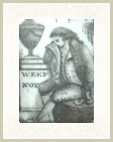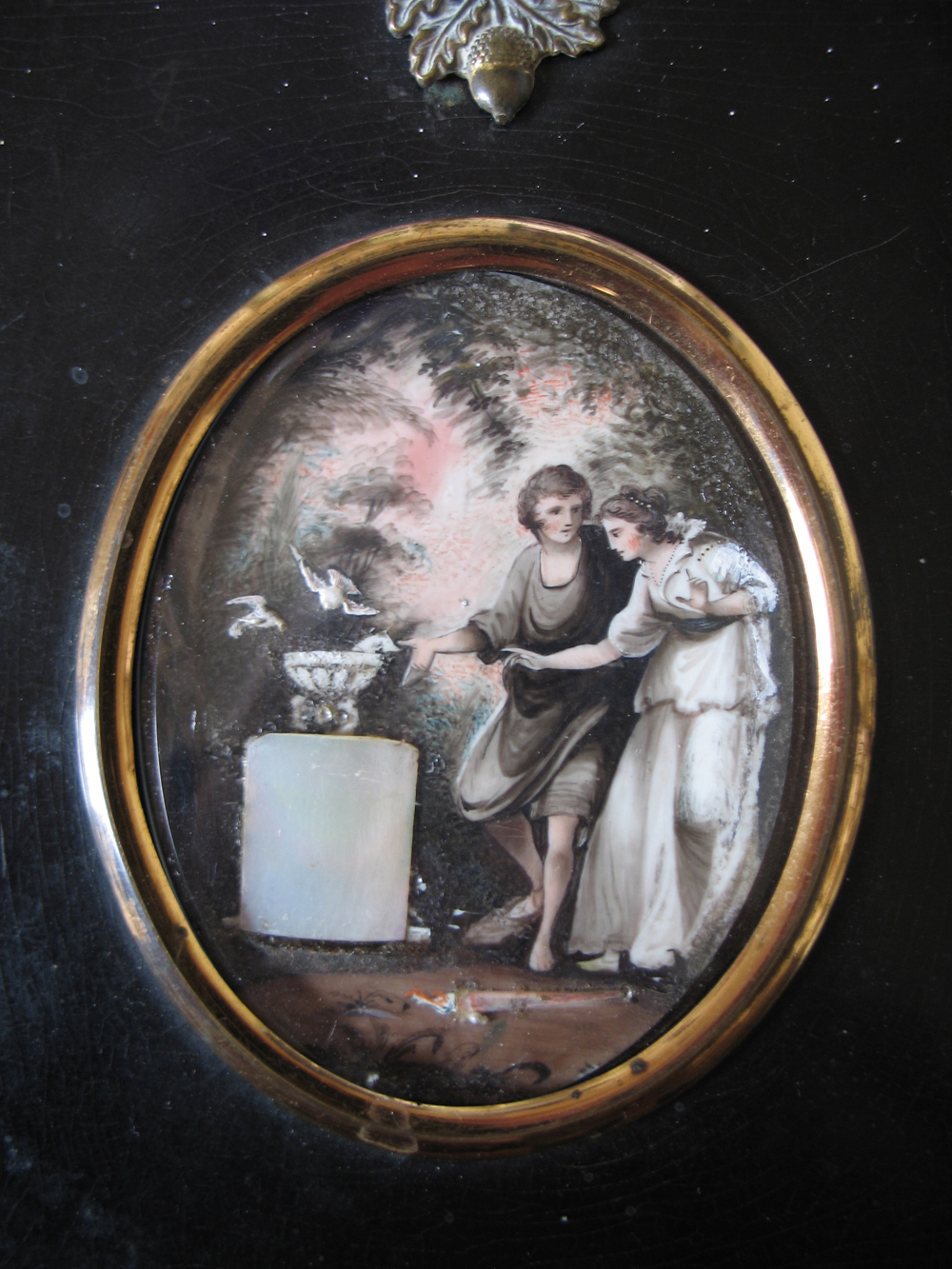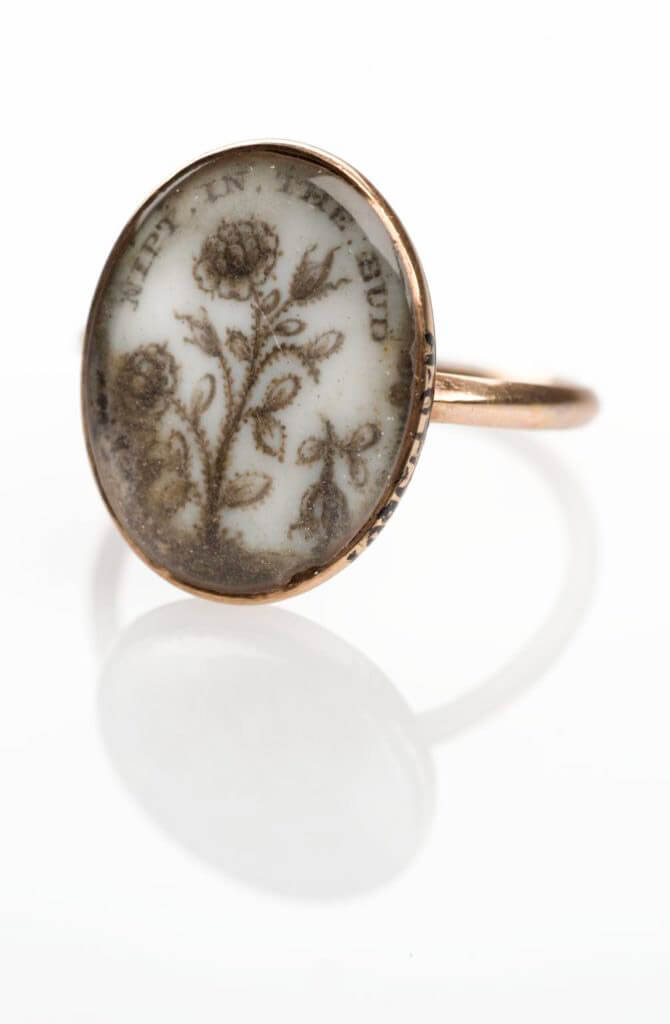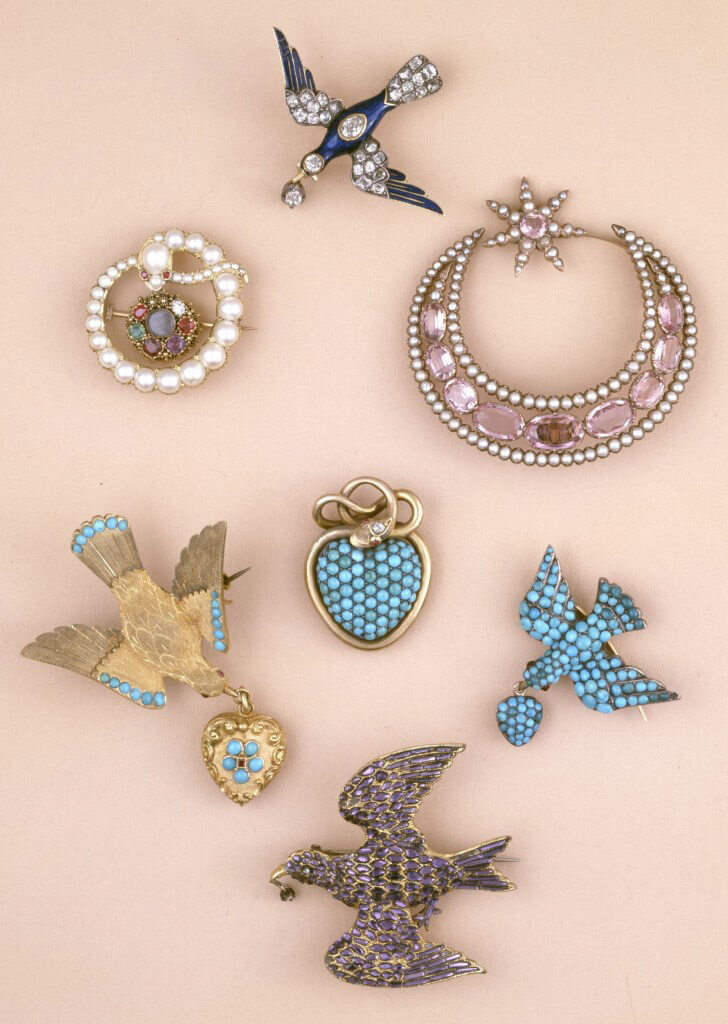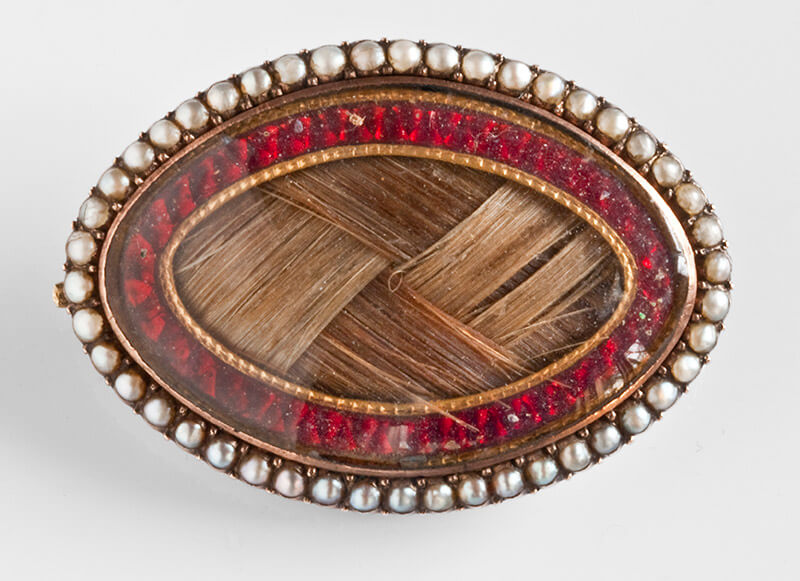Symbolism, The Male
Ahh, last week we had a look at women, but I’m fair and balanced, so let’s take a peek at some men.
Quite simply, the man wasn’t the focus of idealised mourning through the 17th to the 19th centuries. Fashion and mourning items were certainly made for men and in the days when presentable jewellery was considered more usual (outside of the wedding ring), men wearing mourning rings or fashion accessories were not uncommon. If you want to read more about men and mourning fashion from the 17th to the 19th centuries, please take some time to read through my Textiles series of articles. There’s a wealth of information about male and female mourning costume and mourning custom there. However, what about the depiction of the male in Neoclassical and mourning/sentimental depictions?
Well, they’re not very common. The male as a subject in miniatures are found throughout pendants, lockets, rings and bracelets, but these are more personal. The representation of the man as an ideal is a lot harder to come by and many of the memorial pieces with the man represented are commissioned for the male who had purchased the item or a depiction of the man commissioned and worn by a family member. The man was the patriarch of the family and if a piece is displayed with this individual shown, then the outward statement of mourning is indeed profound and quite personal. The ‘idealised’ male is quite common within sentimental Neoclassical miniatures, but that’s more often relating to a classical/religious depiction or used to balance/interact with symbols surrounding (such as two lovers).
I could make a lot of sweeping statements about the female as the true ideal symbol of grief for allegoric figures in mourning depictions, but as I said, I’m fair and balanced (and I did a lot of that last week).




